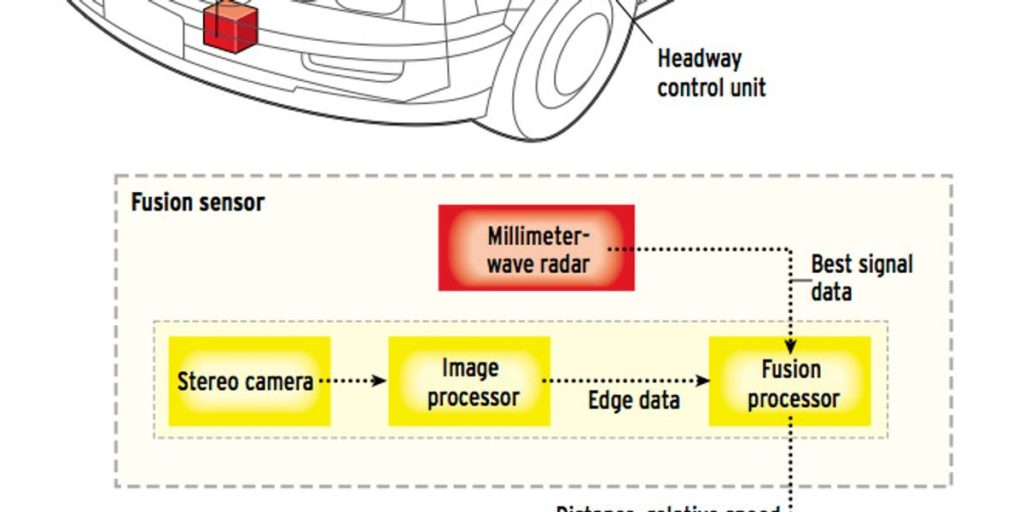Robo-chauffeur?
As collision avoidance becomes first commonplace and then sophisticated, the role of the driver will change. Within a decade or so, the drivers of the most advanced cars will only have to steer. Eventually, people might not be entrusted even with that task, at least on limited-access highways. In fact, a decade ago engineers at Carnegie Mellon University (CMU), in Pittsburgh, and in a Daimler-led research program called Vision Technology Application (VITA) tested cars that largely drove themselves. CMU and VITA vehicles logged thousands of highway kilometers, most of them with a driver sitting vigilantly behind the steering wheel but not touching it.
The Intelligent Vehicle Initiative in the United States and the Ertico program in Europe are among dozens of groups working on technologies that may ultimately lead to vehicles that are wrapped in a cocoon of sensors, with a 360-degree view of their environment. Nearby vehicles would be in constant communication and act cooperatively, enabling groups of cars to race along like train cars, almost bumper to bumper, at speeds above 100 km/h.
It will probably take decades, but car accidents may eventually become almost as rare as plane crashes are now. The automobile, which transformed the developed world by offering mobility and autonomy, will finally stop exacting such an enormous cost in human lives.


